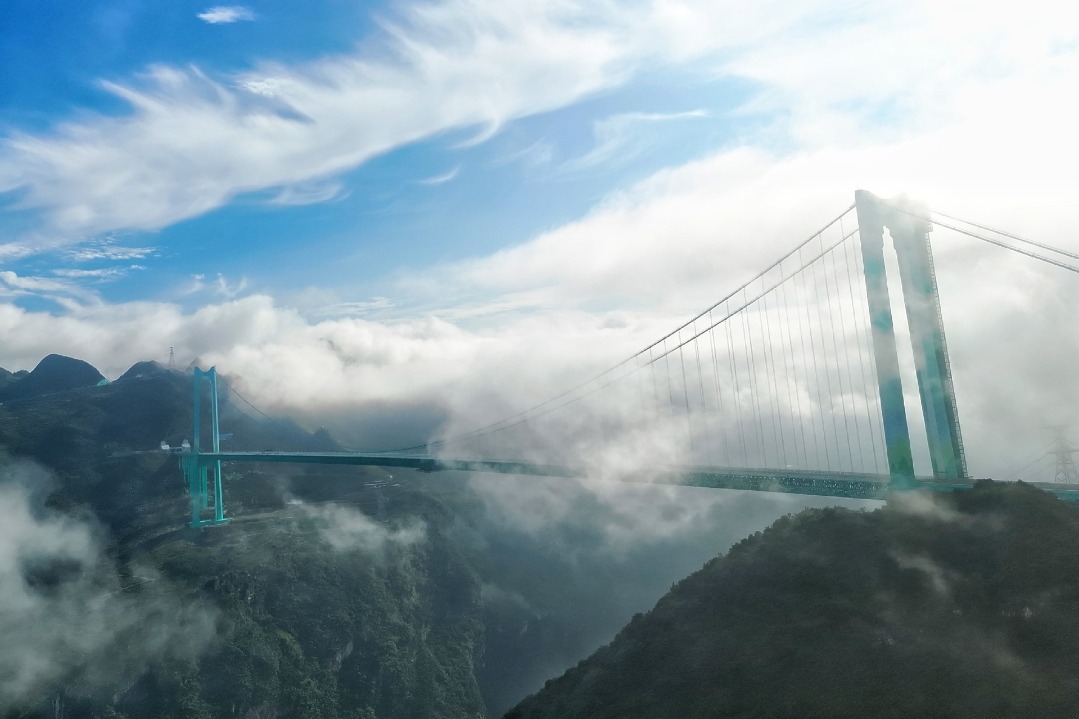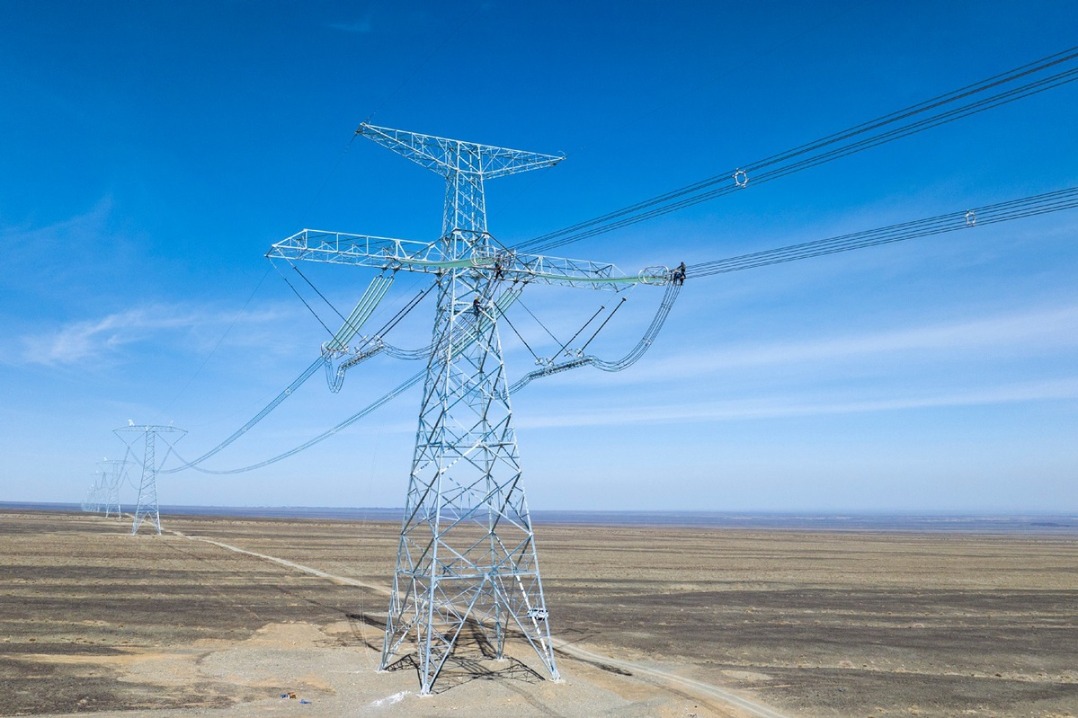Weather forecasting pioneered during war
In 1945, Communist, US forces worked together to establish meteorological assets


At that time, the US military was bombing Japanese military targets in occupied areas. Their planes were often shot down and crash-landed in CPC-led revolutionary areas. Surviving US pilots were escorted by locals or stationed troops of the CPC, sometimes using donkeys, to the regional military headquarters, according to Ge.
"When US pilots were brought in, I would send a message to Yan'an, and upon receiving a reply with timing instructions, I would go to the Changning airfield to meet the plane. I provided weather forecasts in advance and guided the landing," Ge wrote in the book.
According to a collection of the US Army Observation Group, compiled by the national archives administration, US Army Colonel David D. Barrett believed the Communists greatly helped the Dixie Mission.
"They collected weather forecasts for our navy and air force, which made crucial contributions. Thanks to the cooperation, many small radio stations and instruments for directing operations were sent to the remote parts of the areas under Communist control. An astonishing volume of useful weather reports came from those tiny radio posts," Barrett said.
In January 1945, Major General George E. Stratemeyer, a senior commander of the US Army Air Force, sent a message to CPC leader Zhu De to express his gratitude for the Party's provision of meteorological intelligence and their assistance to the US Army Air Force in meteorological operations.
"Colonel Ellsworth, inspector of the 10th weather region, recently returned from a visit to Yan'an and reported to me the excellent meteorological work carried out by the North China government and its significant contribution to our joint war effort," Stratemeyer said.
Ellsworth believed that the meteorological school jointly built by the two sides and the graduates had greatly improved the efficiency of the US air force's meteorological operations, Stratemeyer added.
In September 1945, following Japan's surrender, the Chinese military took over the US meteorological station in Yan'an. A group of 11 people, led by Zhang Naizhao and staffed with graduates of the training program, established the CPC's first official weather observatory.
Barrett recalled that in September, after he left the mission, several well-known meteorological observers were sent to Yan'an to join this team. "These experts launched weather balloons every day, attaching them to radios so that they could automatically report weather conditions from the sky, which is a meteorological miracle," he said.
In March 1947, the weather observatory was moved from Yan'an along with the Central Military Commission, and was renamed the Meteorological Team of the Third Bureau of the Central Military Commission.
zhaoyimeng@chinadaily.com.cn
























